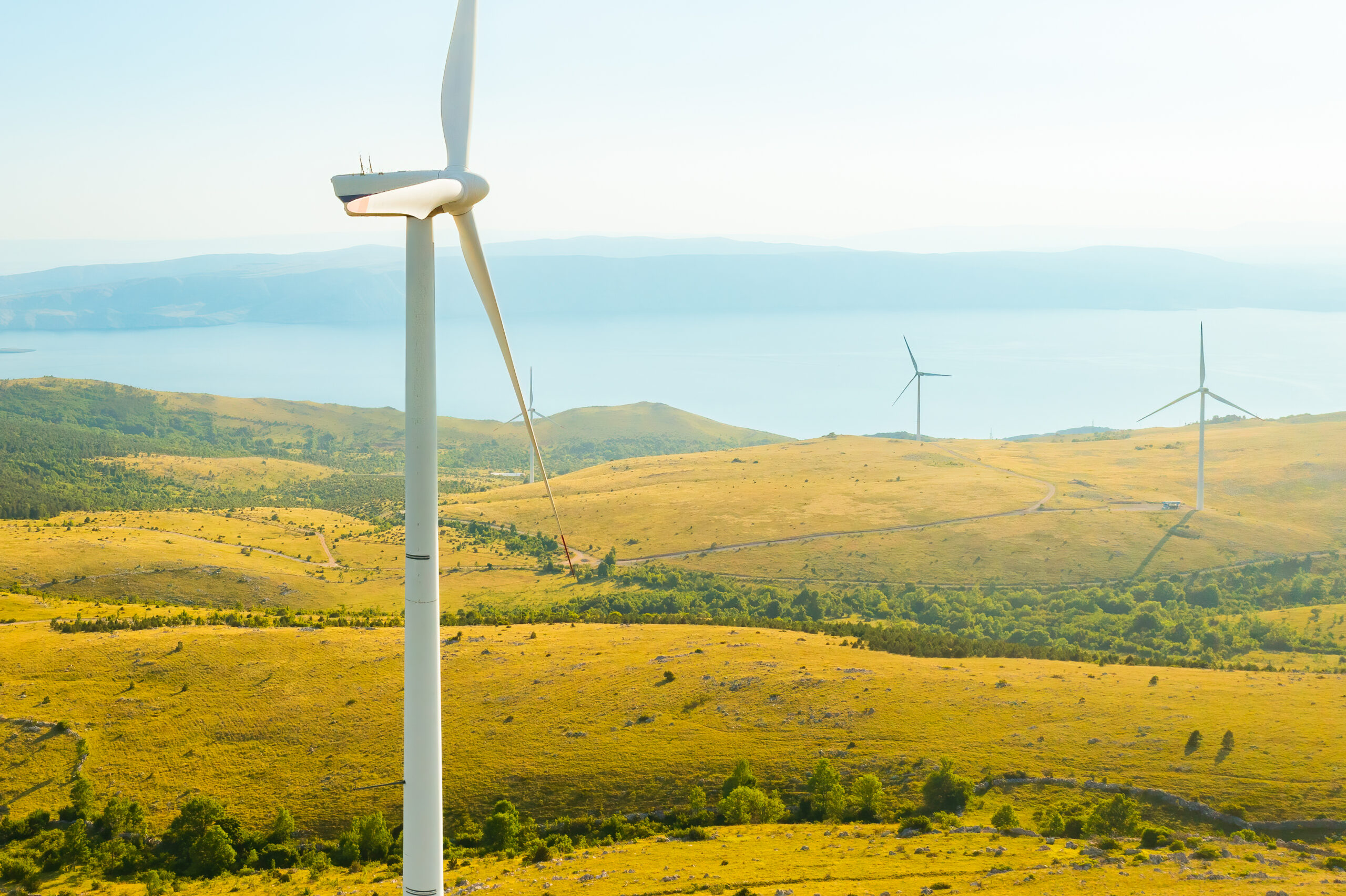We had the pleasure of conversing with Elliot Romano, a senior scientist at the University of Geneva’s Institute of Environmental Sciences, regarding his study published in Energy Economics (Link)
This research utilizes the powerful Antares Simulator software developed by RTE, which simulates the equilibrium between electricity supply and demand while considering the economic performance of generation facilities and the constraints imposed by interconnected electricity systems.
Mr. Romano and his team investigated the impact of one nation’s energy choices on the other members of the European electricity system. By employing Antares, they developed an innovative methodology to analyze the repercussions of one country’s decisions in terms of price and CO2 emissions. Their study is grounded in one of the potential trajectories for decarbonizing electricity production within the EU.
In this interview, we delve into the objectives of the study, its principal conclusions, and the crucial role that Antares played in executing this research.
Can you tell us about the study you carried out using the Antares software ?
Our study looked at the impact of one country’s energy choices in terms of electricity production on the other countries in the European electricity system. We examined the reciprocal repercussions in terms of prices and CO2 emissions associated with the choices and changes in the generation mix. Our study thus focused on one of the decarbonisation trajectories envisaged for EU countries, as defined in the ENTSO-E TYNDP studies, in order to assess the repercussions. To our knowledge, this is one of the first studies to examine the mutual repercussions of the electricity mix choices of European countries.
What were the main objectives of this study ?
Our main objective was to develop a methodology for assessing and comparing the impact of electricity mix decisions in one country on others. Using Antares, as well as a comprehensive database of power plants, demand, and fuel cost forecasts, we have developed a methodology that allows us to analyse the impact of one country’s low-carbon electricity development on its neighbours.
How was the Antares software used in this study ?
Antares is the cornerstone of our methodology. Initially, we used this software to model the operation of the European electricity system. In this initial phase, we determined the optimal power plant schedule in each country, the electricity exchanges required to balance the overall system load, and the equilibrium price for each country. Then, in a second phase, we successively excluded each country from the system in order to study the impact of its absence on the rest of the European electricity system. This enabled us to assess the effects induced by a country in terms of emissions and price at hourly intervals.
What were the main conclusions or findings of your study ?
The study highlights a country’s impact on electricity prices in neighbouring countries, as well as on the CO2 emissions induced or avoided through imports or exports. France occupies a crucial position because of its exports, which influence prices in neighbouring countries and help reduce CO2 emissions. On the other hand, we found that Germany could be undermining decarbonisation efforts in some countries by exporting some of its fossil fuel electricity, mainly driven by economic incentives. As a result, such generation may replace cleaner domestic generation in some countries, especially where exported fossil-fired electricity has an economic advantage due to low-emission prices or fossil fuel subsidies. This phenomenon is even more marked when gas prices are high.
In what way are the results of this study significant or relevant to your field of activity?
The Urban Energy System research laboratory (Swiss Federal Laboratories for Materials Testing and Research – EMPA), to which I am affiliated, played an active part in the study conducted by the VSE/AES (Association of Swiss Electricians) on Switzerland’s Energy Future in 2050. The aim was to guarantee a secure, low-carbon electricity supply for the country. The model developed with Antares was used to provide key data for this study. In addition, at the University of Geneva, forward-looking models on the evolution of the European energy mix up to the year 2050 are being used to inform discussions on the energy transition at a regional or even national level.
Were there any specific aspects of the Antares software that you found particularly useful or innovative in the context of this study ?
The user-friendliness of the Antares software, combined with its interaction with R, made it easier for us to carry out the study and automate several recurring analyses. As it was developed by the electrical industry, the Antares software incorporates all the functions and parameters needed to model a complete electrical system. What’s more, we were able to rely on the support team, who responded quickly to our questions. Finally, as a complement to the Antares software, we had the opportunity to test the Antares Xpansion extension, which enabled us to carry out studies on the expansion needs of the electrical system.
The exchange with Mr Elliot Romano was particularly rewarding. We thank him for sharing his experience, with which we were able to deepen our understanding of the issues involved in using the Antares Simulator software. His scientific perspective added a unique and valuable dimension to his arguments.





